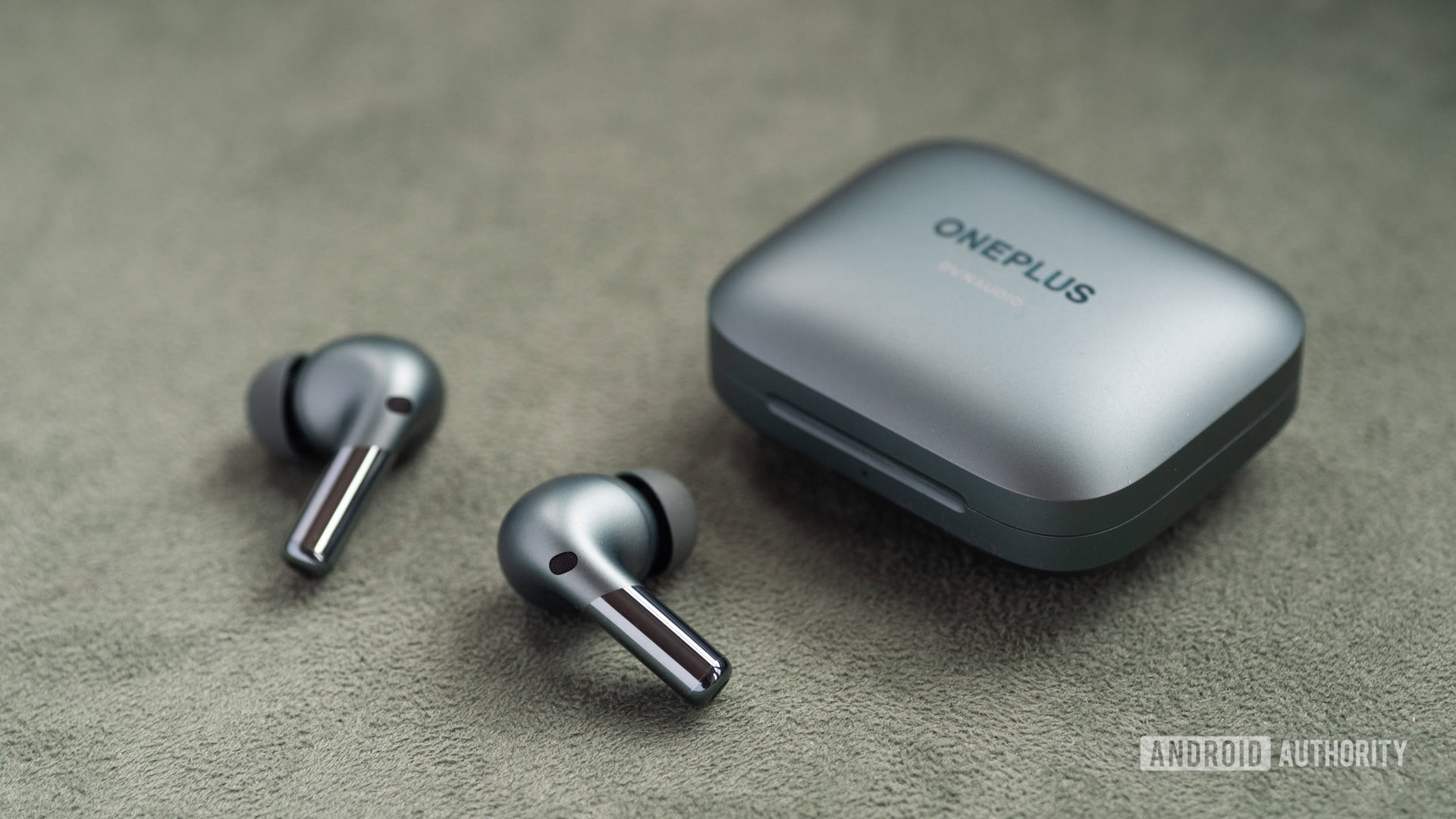Earbuds
There's more than just AirPods out there. Get the scoop on the best earbuds across price ranges and target markets.
Reviews
Guides
How-to's
Features
Versus
All the latest
Earbuds news
How to pair the Sony WH-1000XM5 to a phone or laptop
Edgar CervantesApril 30, 2025
0

How to pair your Samsung Galaxy Buds to any device
Adam BirneyApril 29, 2025
0
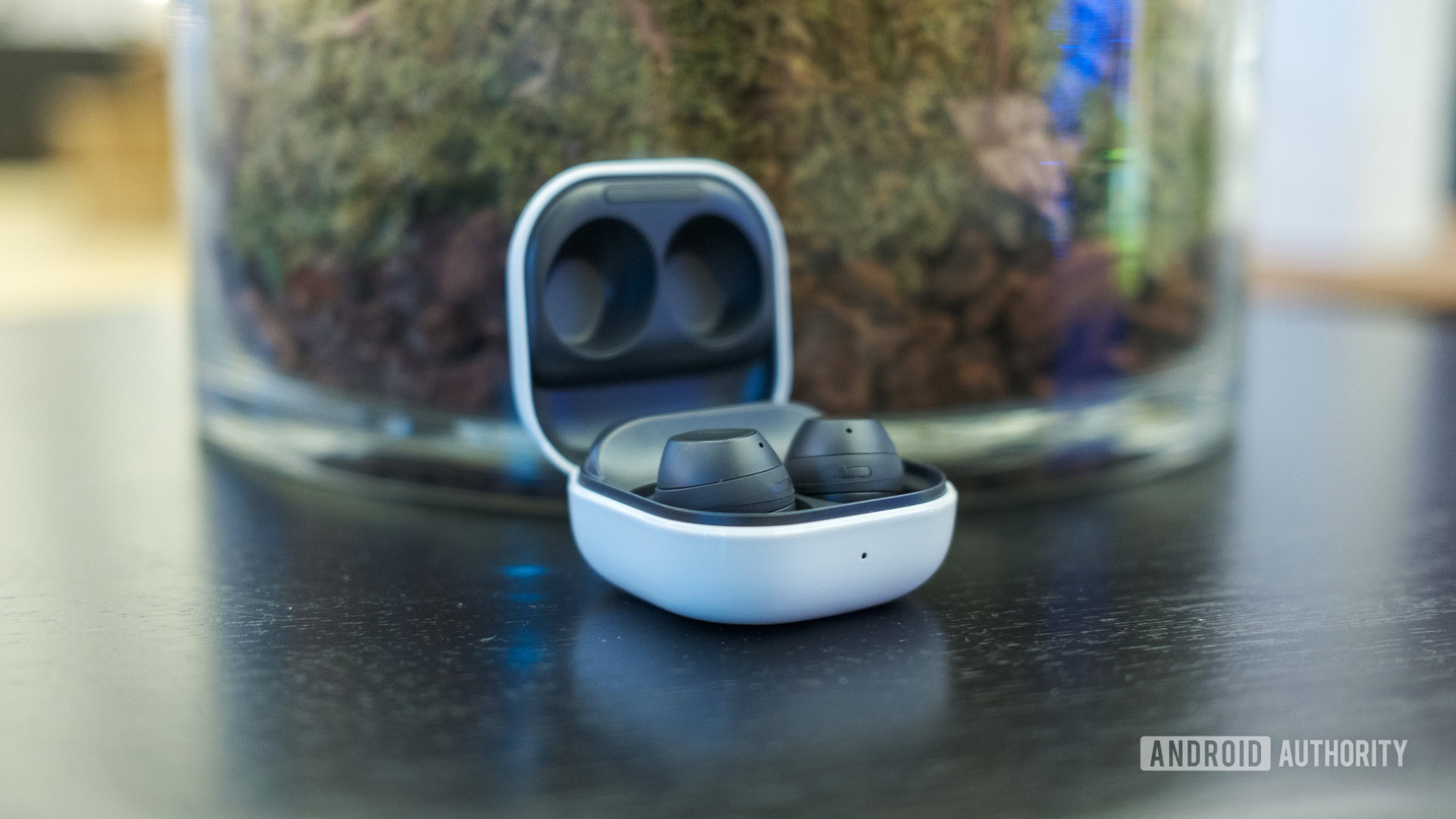
How to pair Onn Bluetooth headphones, earbuds, or speakers
Zak KhanApril 28, 2025
0
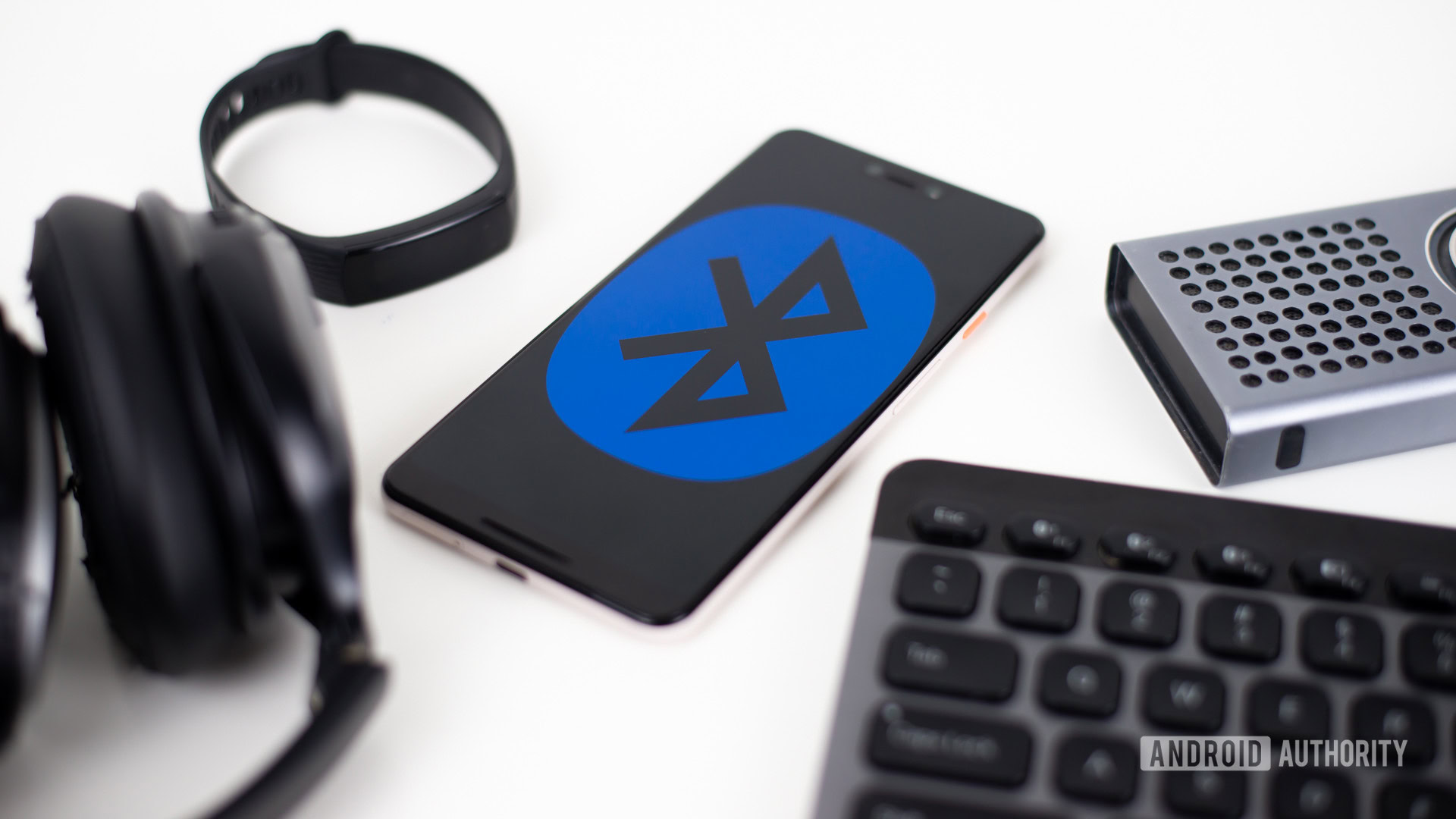
How to turn noise canceling on or off on your Beats Studio 3
Adam BirneyApril 25, 2025
0
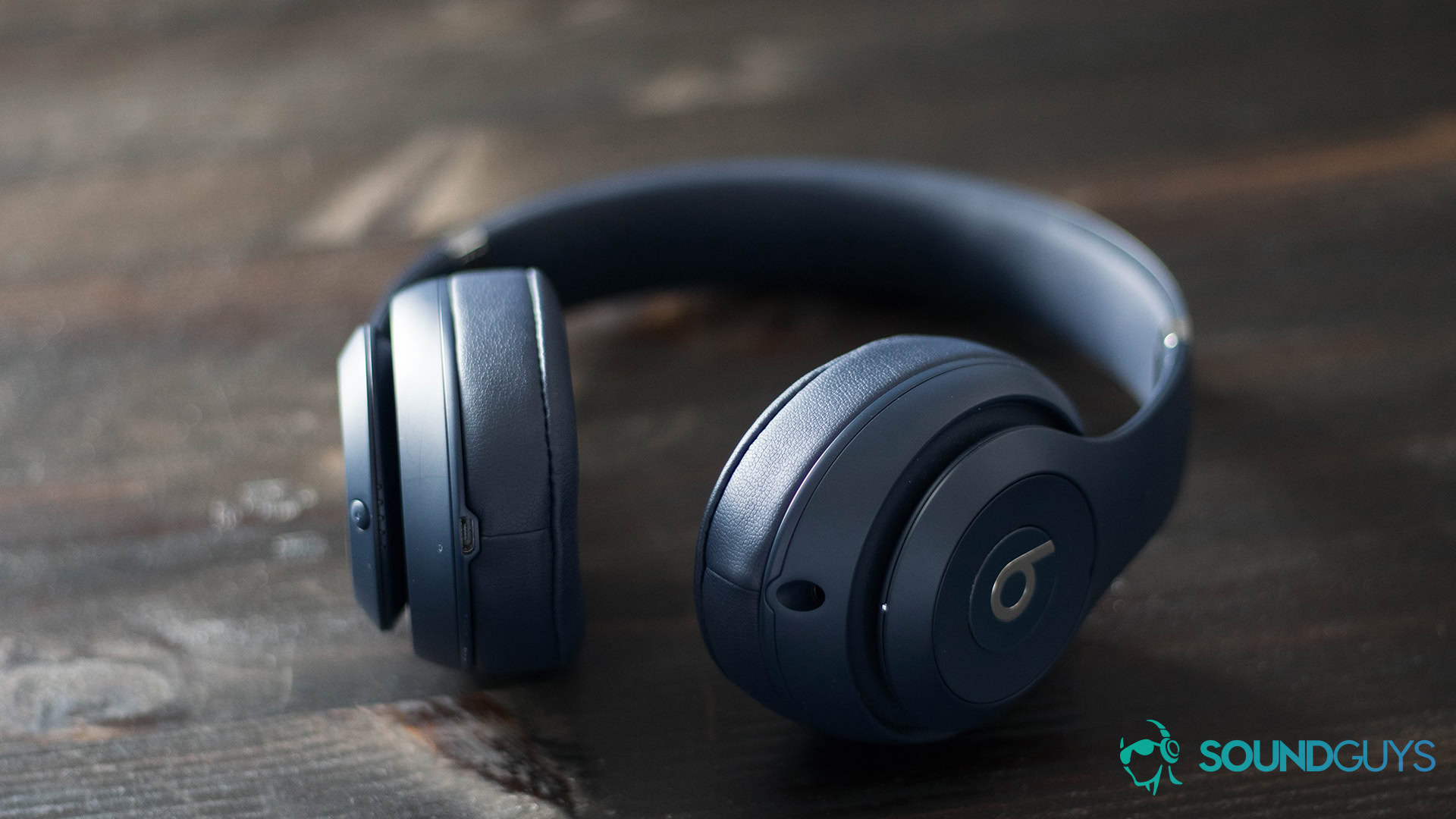
Can you replace your AirPods case? Here's everything you need to know.
Andy WalkerApril 22, 2025
0
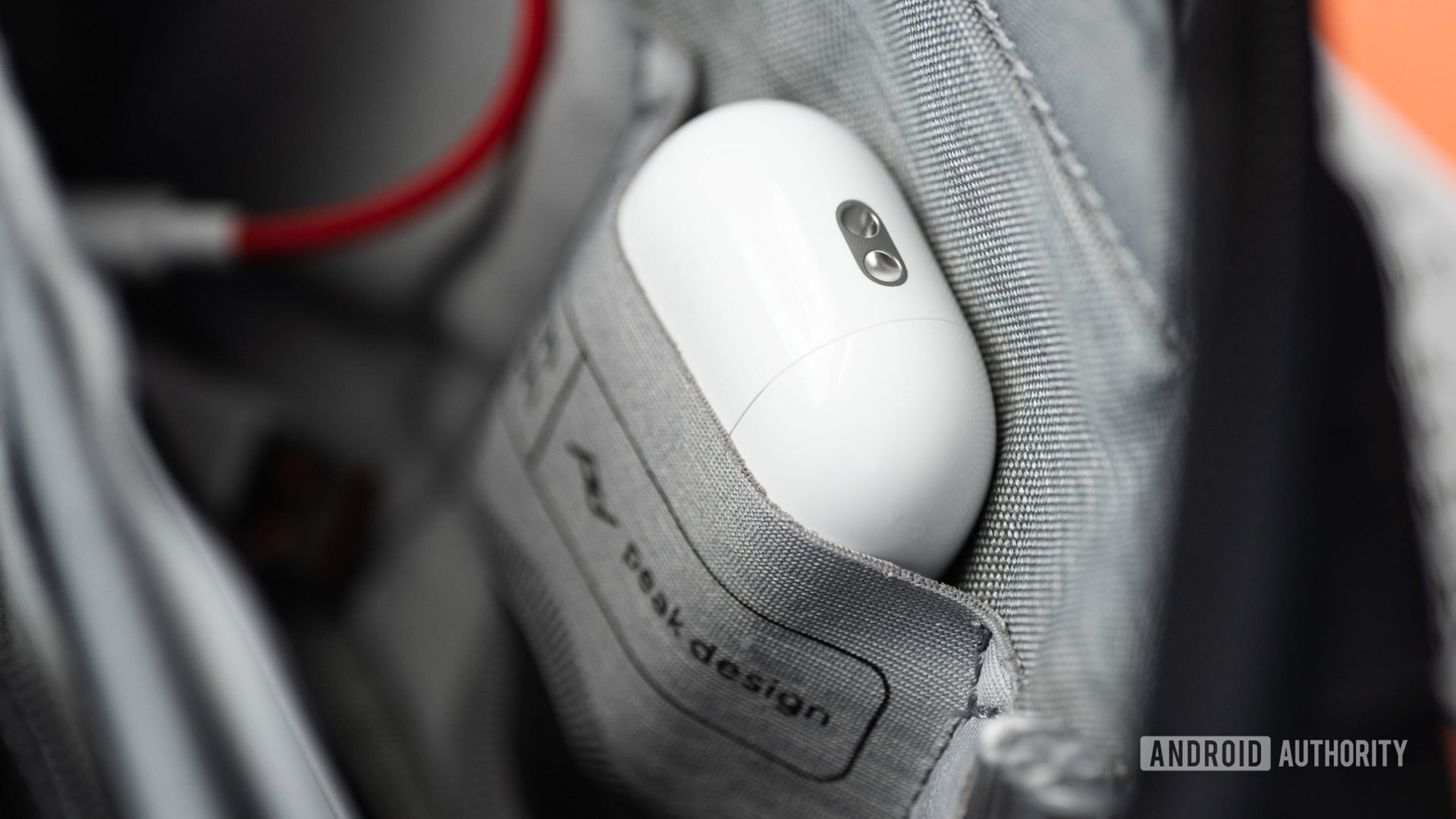
How to fix AirPods that keep pausing
Andy WalkerApril 17, 2025
0
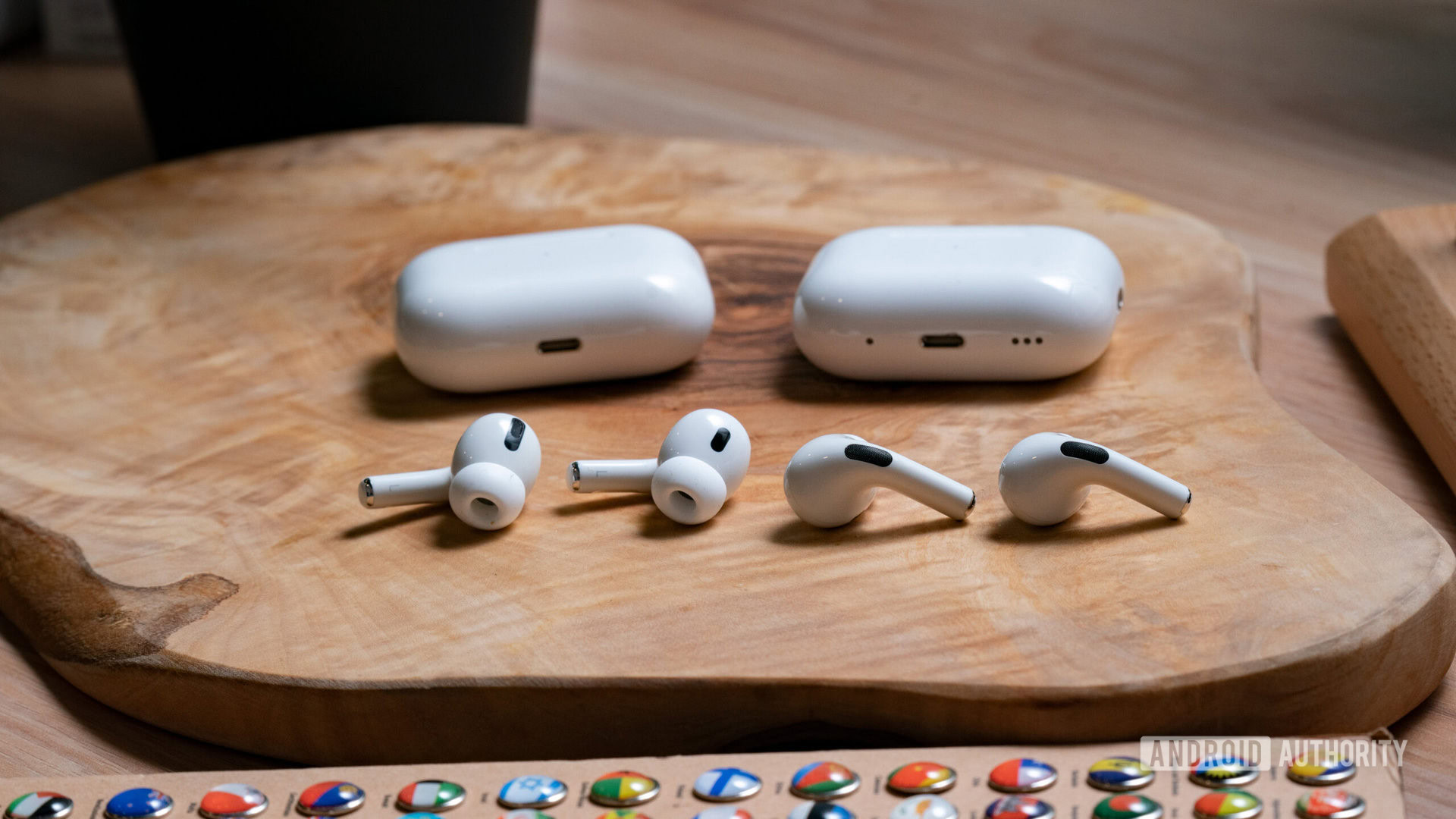
How to connect AirPods to Samsung phones or TVs
Lil KatzApril 15, 2025
0
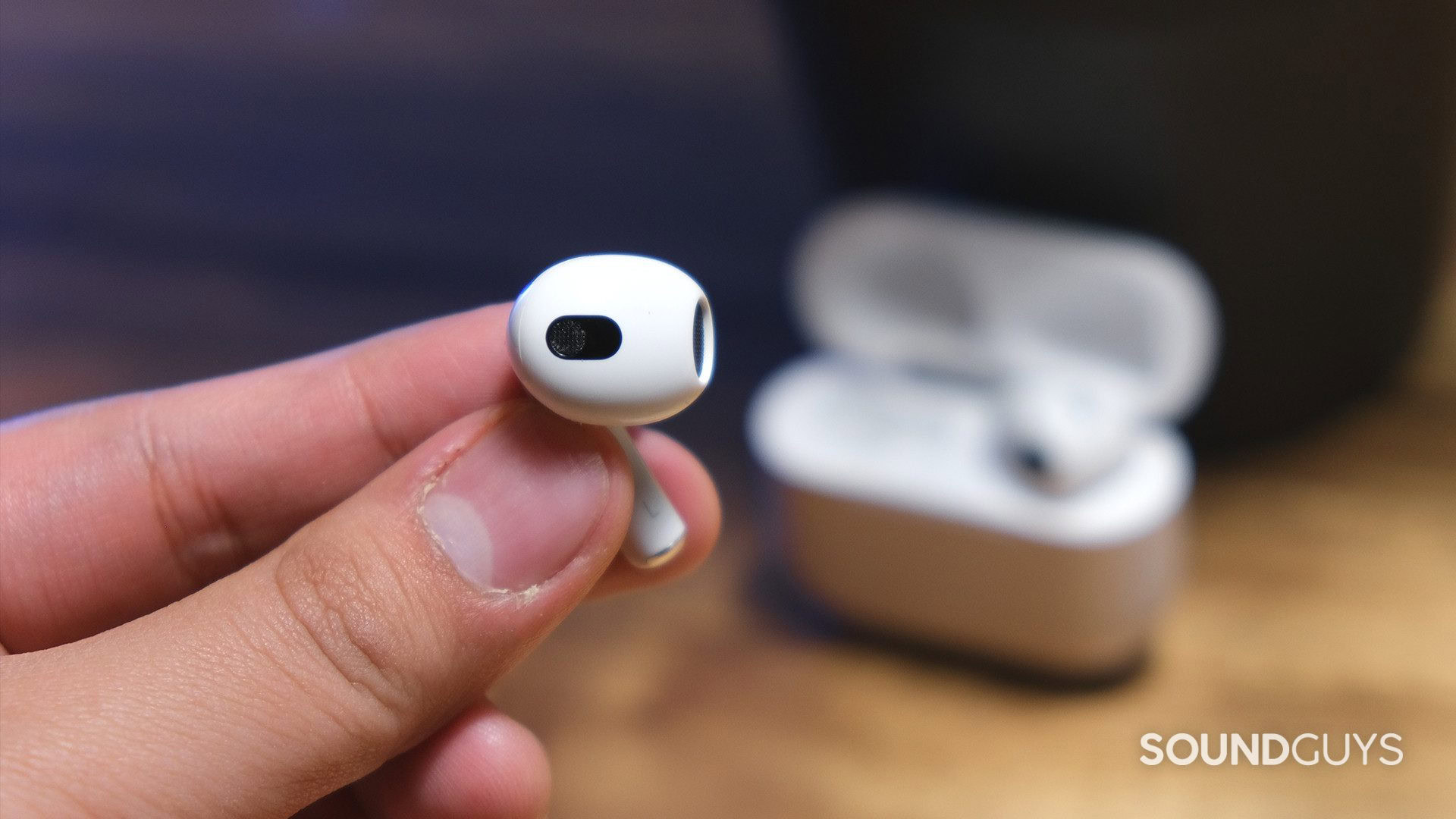
AirPod case flashing orange? Here’s how to fix it
Team AAApril 14, 2025
0
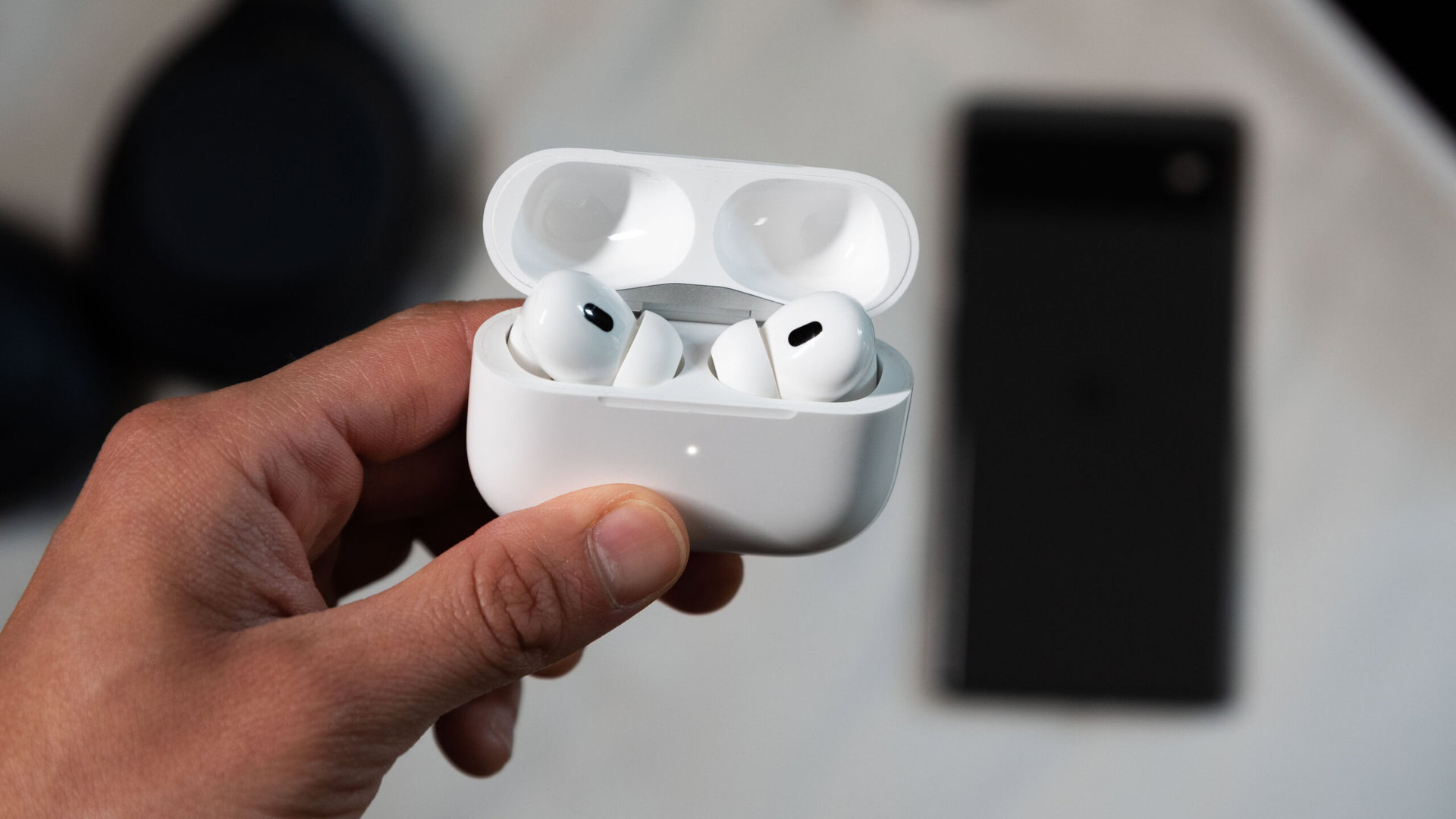
These cheap noise canceling earbuds saved my sanity during loud roadwork
Ryan HainesApril 13, 2025
0
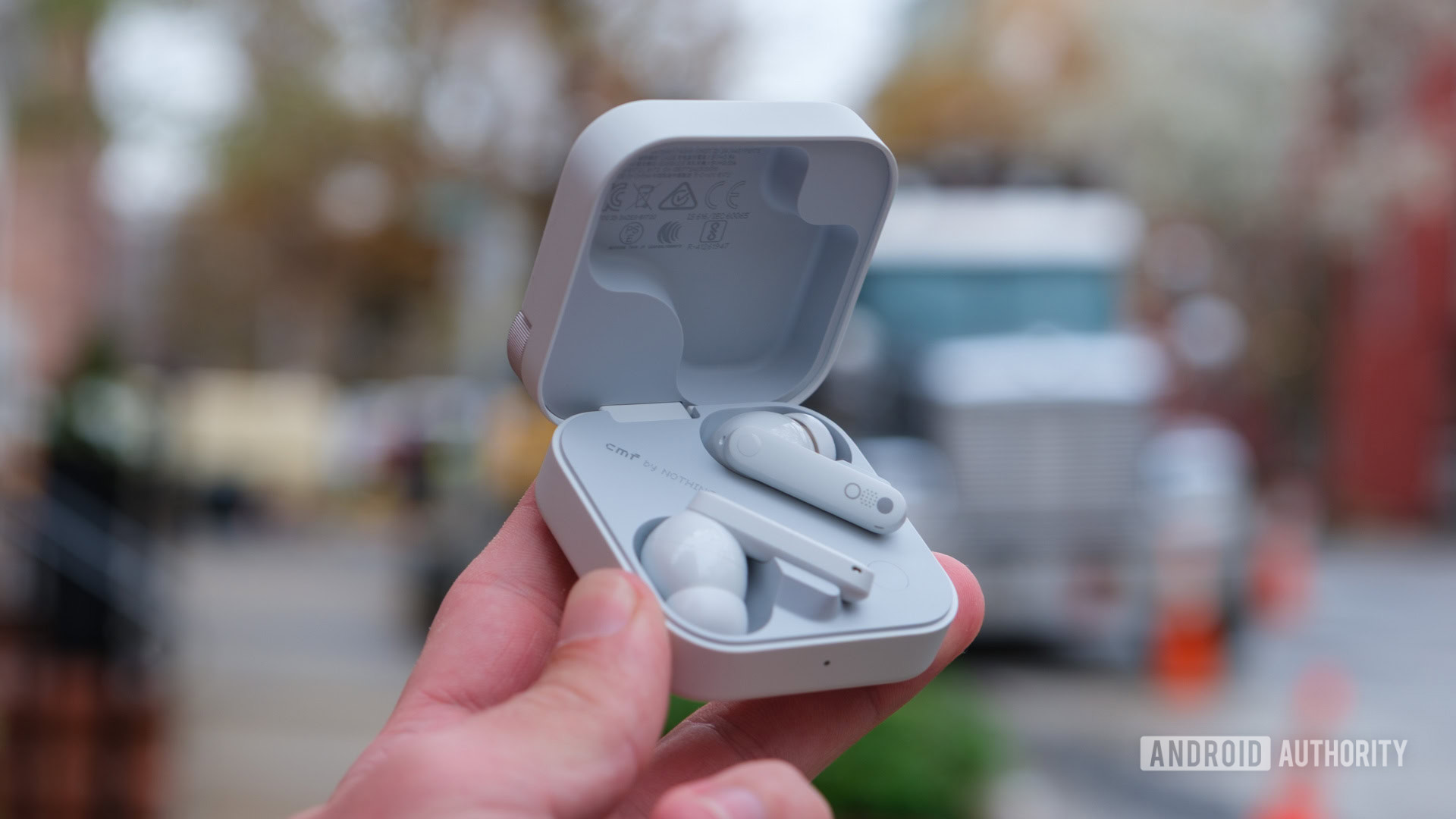
2 years later, I've ditched my Pixel Buds Pro... for the Pixel Buds Pro 2
Rita El KhouryApril 11, 2025
0
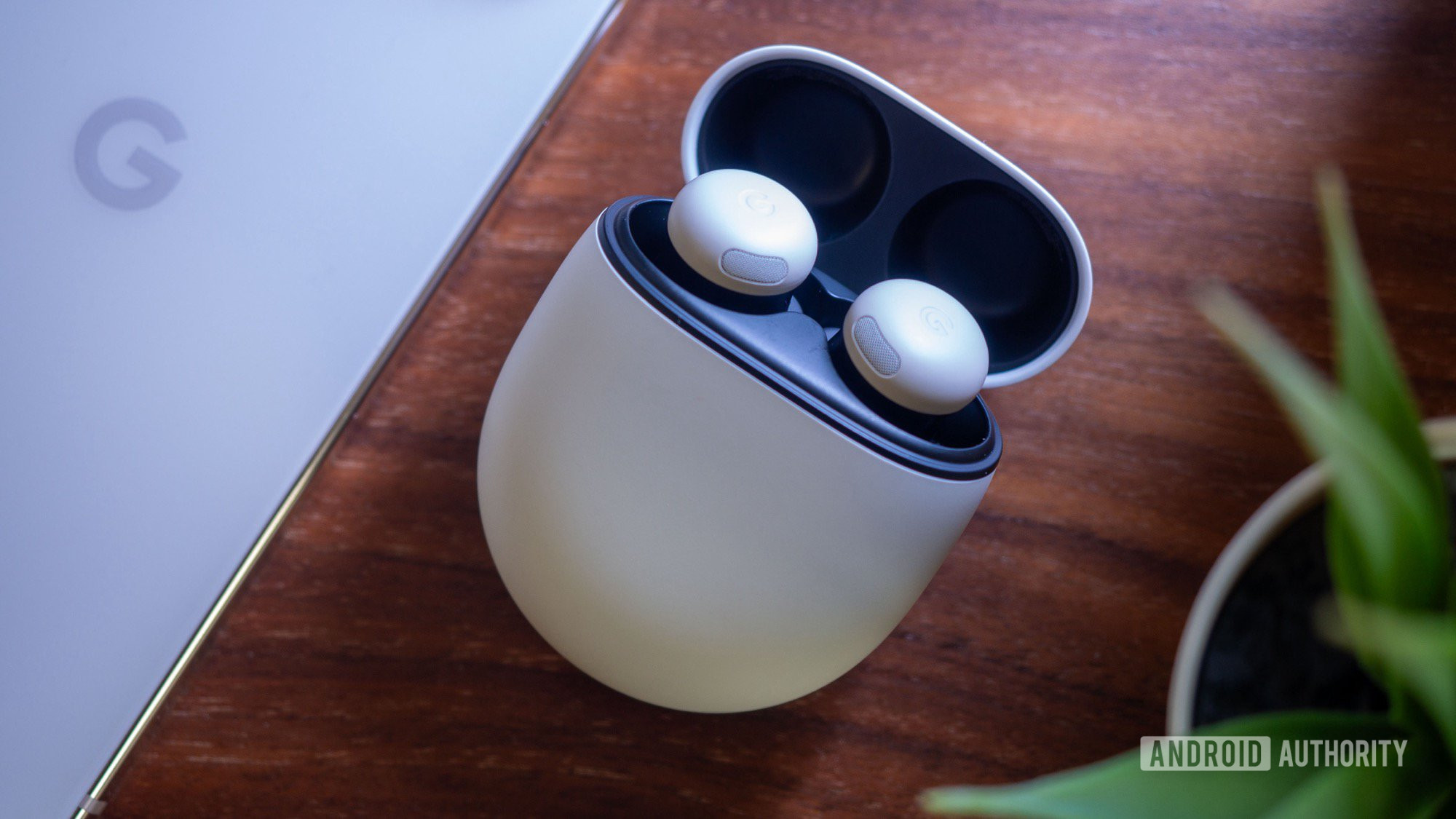

Sony finally breaks the silence on WH-1000XM6 launch date!
Adamya SharmaMay 9, 2025
0

Uneven battery drain killing your Nothing Ear earbuds? You're not alone
Pranob MehrotraMay 8, 2025
0
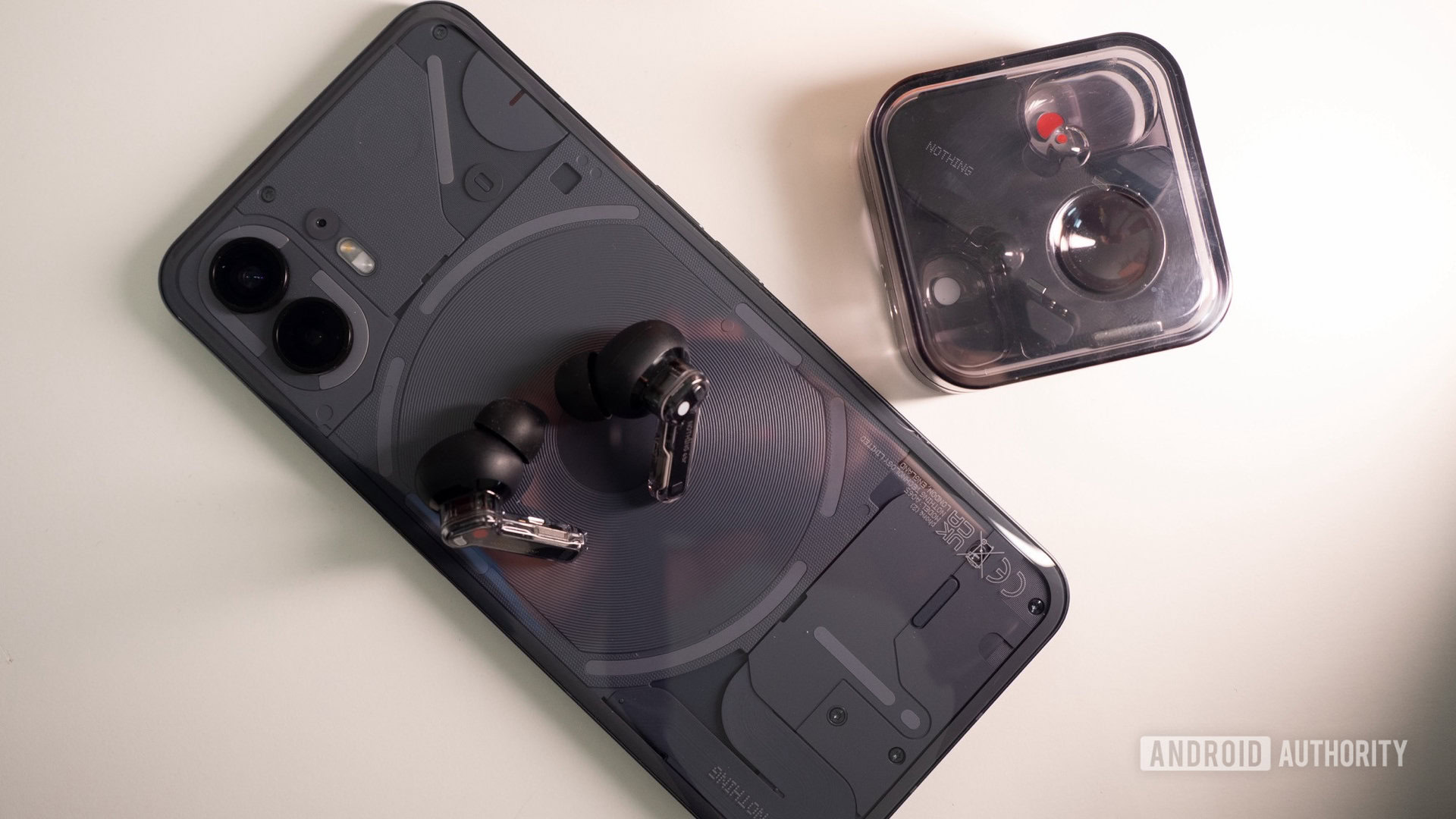
Sony WH-1000XM6 leak reveals price, release date, and everything else
Ryan McNealMay 7, 2025
0
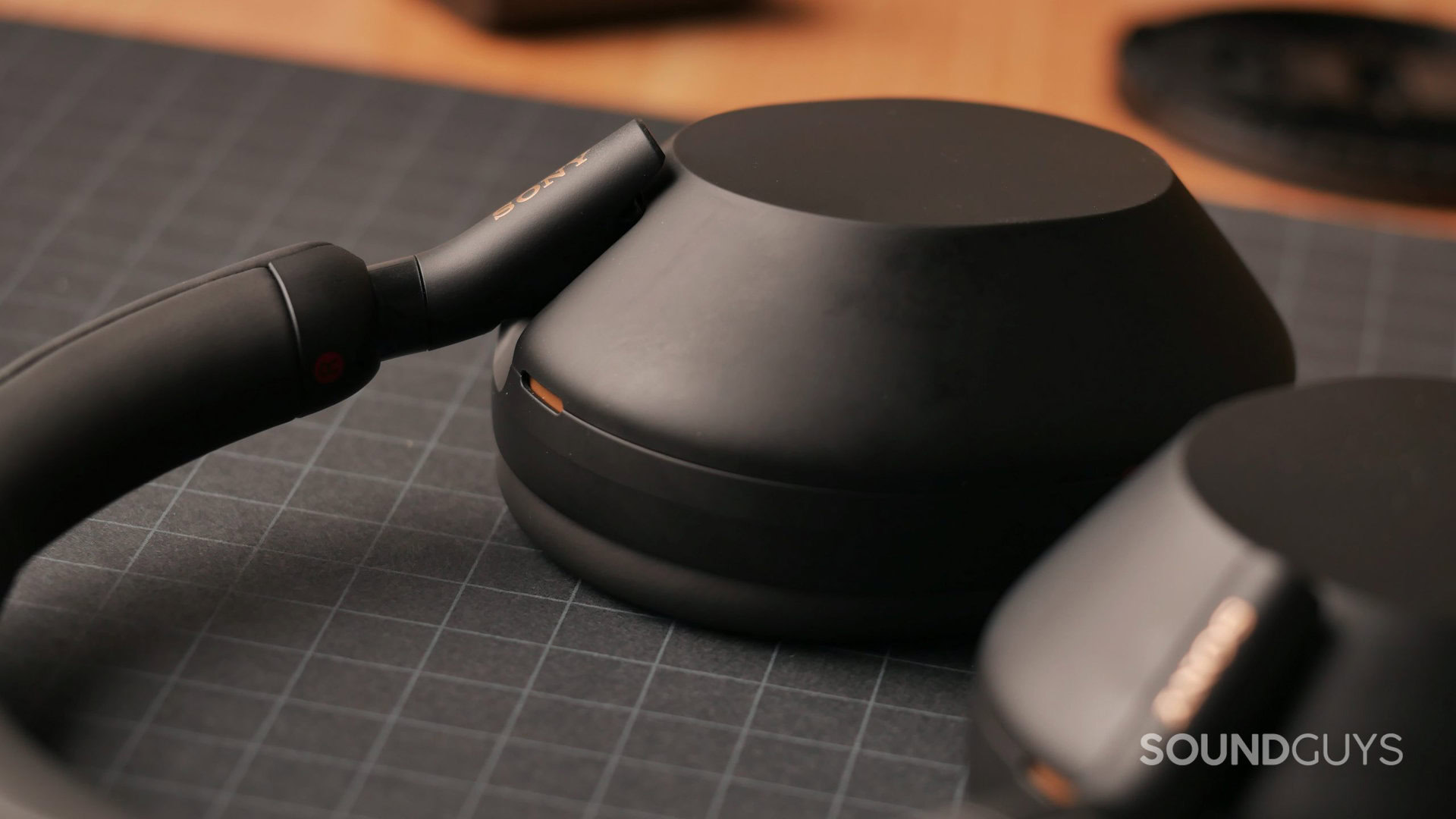
Deal: Beats Solo 4 headphones are 50% off
Edgar CervantesMay 5, 2025
0
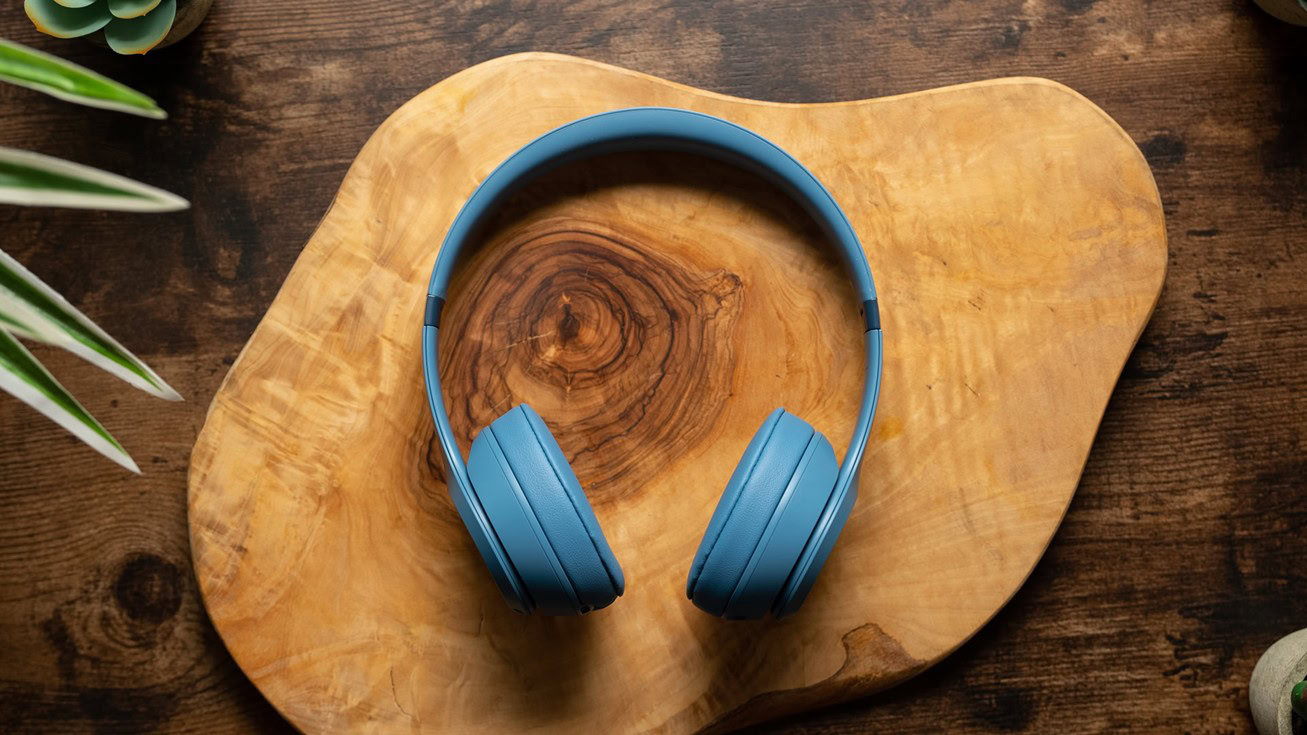
Deal: Google Pixel Buds A-Series drop to an all-time low price!
Edgar CervantesMay 2, 2025
0
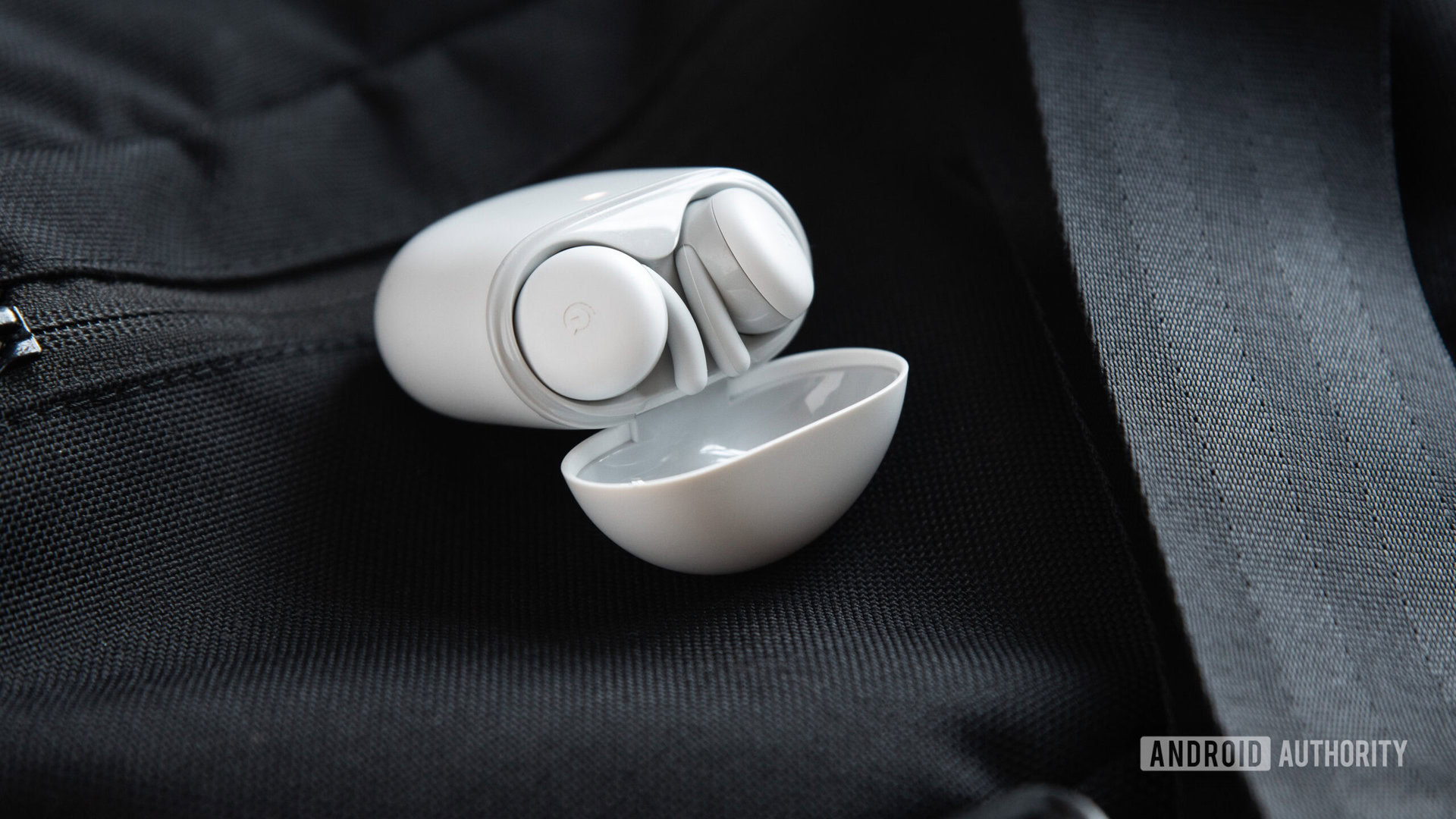
My Nothing Ear (2) earbuds fell apart, and it looks like I'm not alone
Nick FernandezApril 25, 2025
0
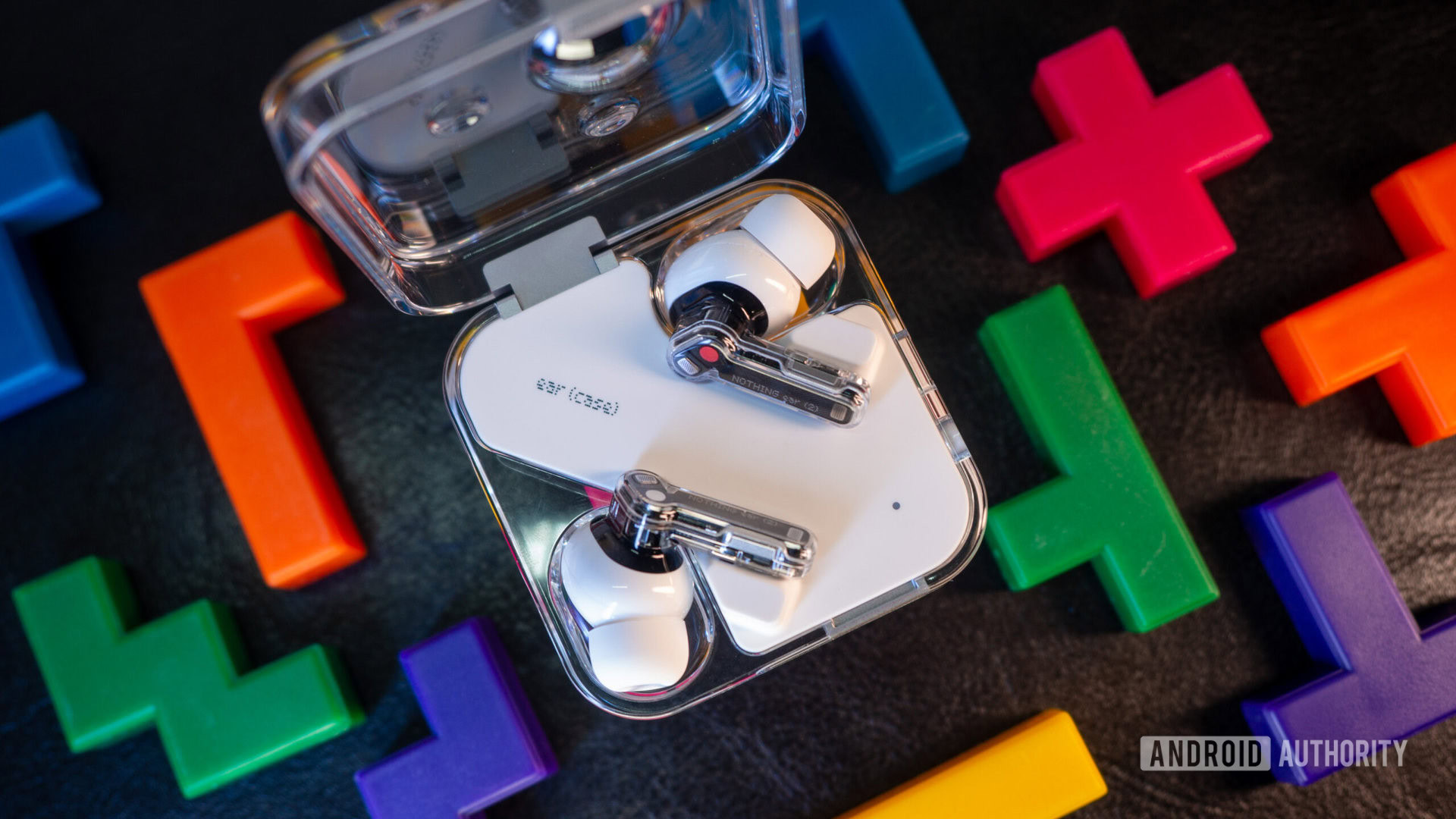
Samsung may have come up with a cooler name for the Galaxy Buds FE 2
Matt HorneApril 17, 2025
0
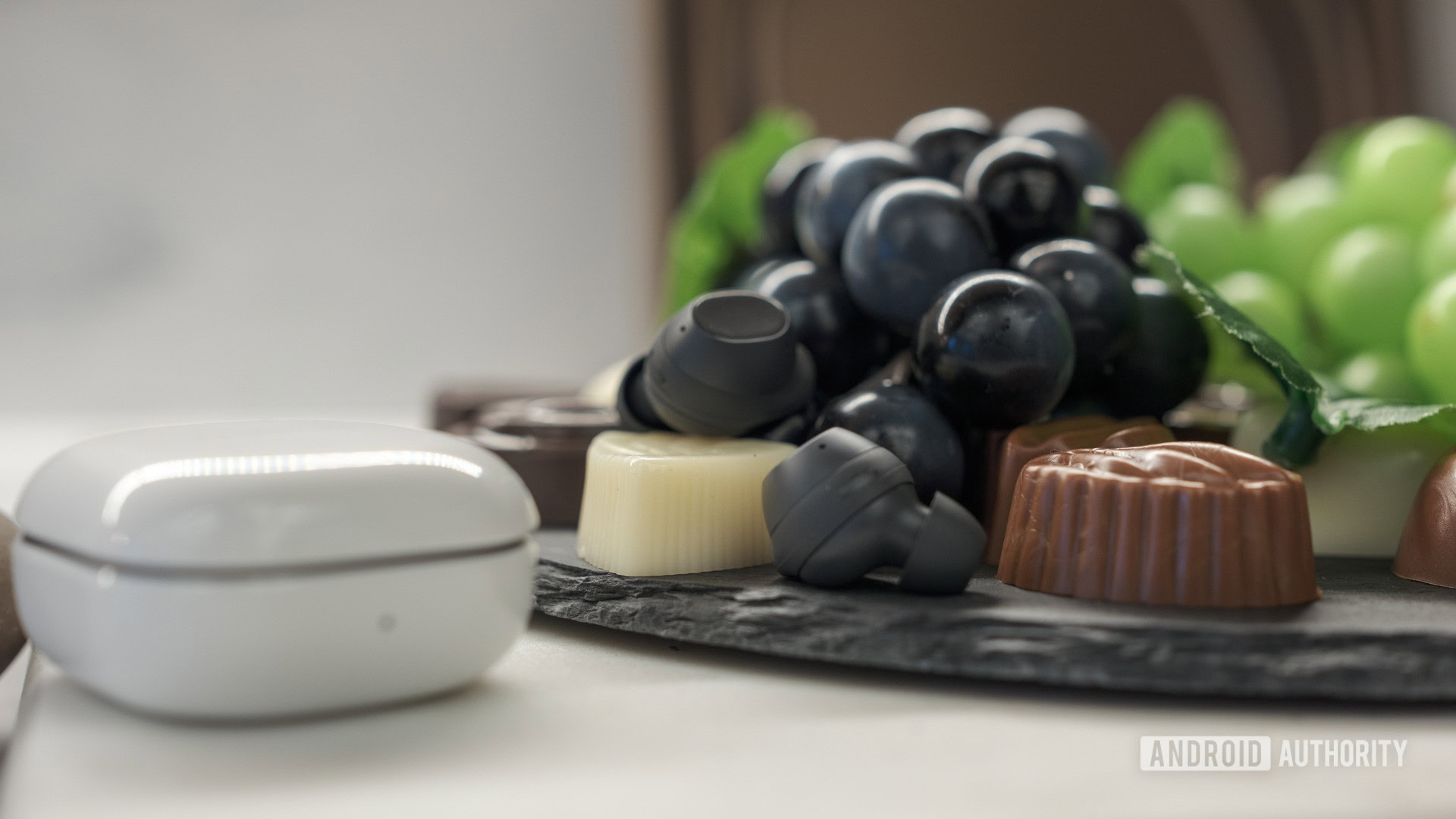
Deal: The amazing Sony WH-1000XM5 headphones are $71.99 off
Edgar CervantesApril 15, 2025
0
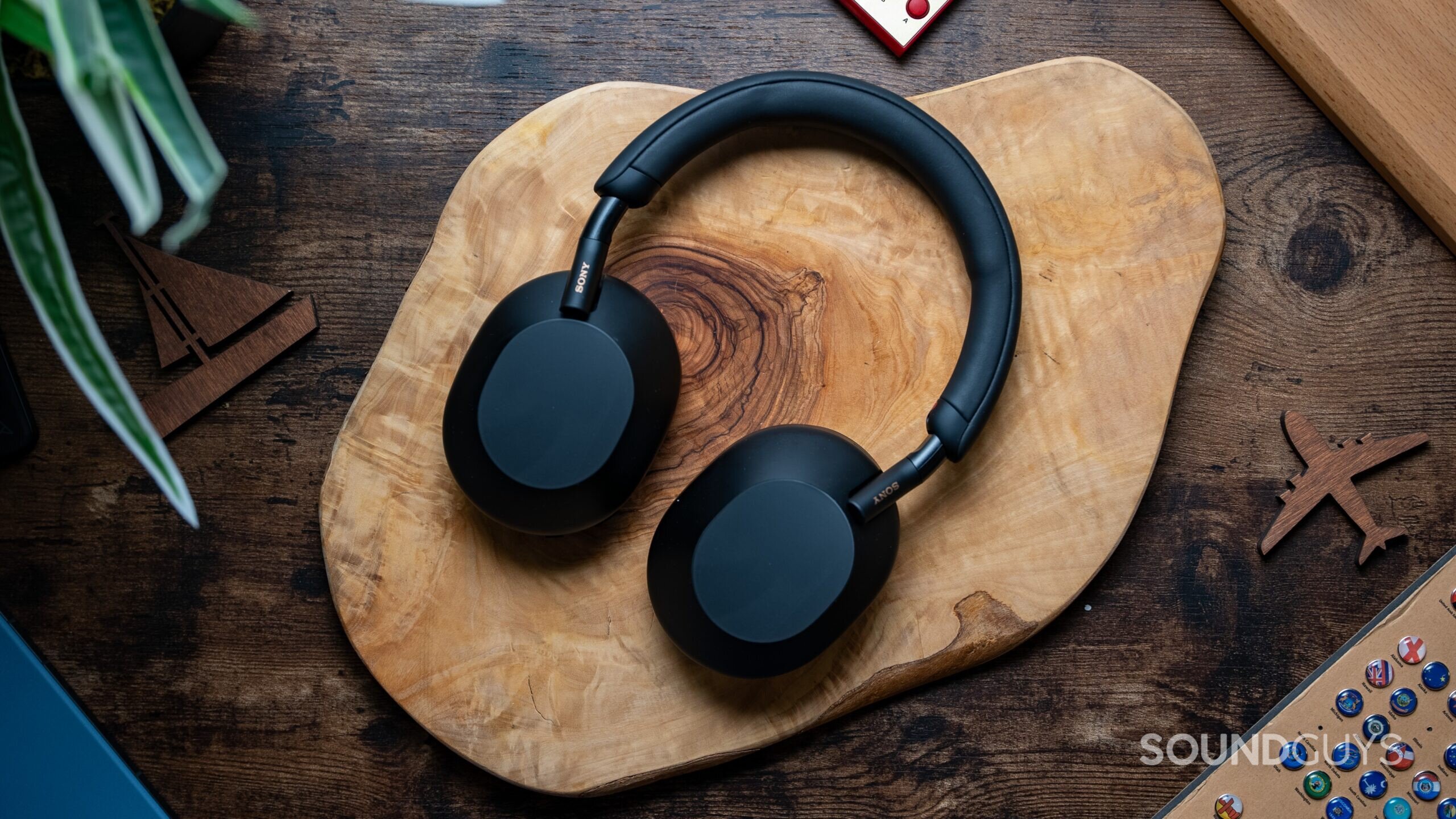
CMF Buds 2 haven't launched yet, but you can already order them
Ryan McNealApril 14, 2025
0
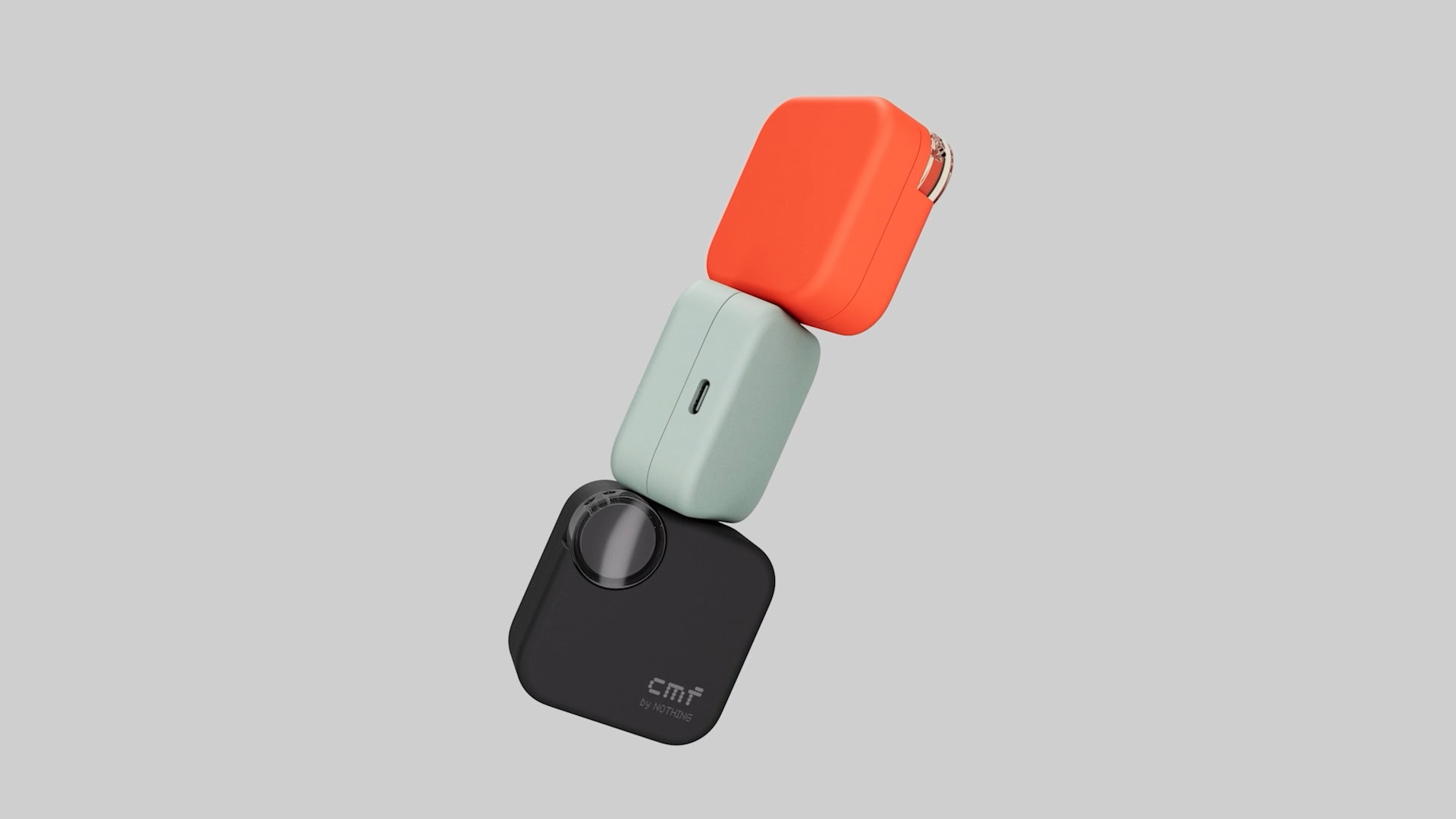
From Buds 4 to Wireless Z3, here's what we found out about OnePlus's future plans (APK teardown)
Hadlee SimonsApril 7, 2025
0
